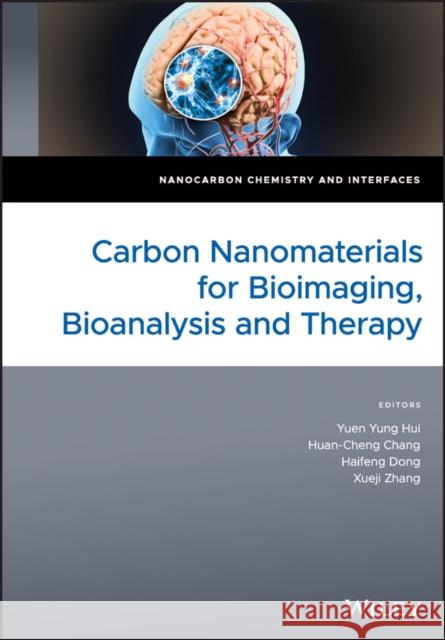Carbon Nanomaterials for Bioimaging, Bioanalysis, and Therapy » książka
topmenu
Carbon Nanomaterials for Bioimaging, Bioanalysis, and Therapy
ISBN-13: 9781119373452 / Angielski / Twarda / 2019 / 376 str.
Kategorie:
Kategorie BISAC:
Wydawca:
Wiley
Seria wydawnicza:
Język:
Angielski
ISBN-13:
9781119373452
Rok wydania:
2019
Dostępne języki:
Numer serii:
000813785
Ilość stron:
376
Waga:
0.79 kg
Wymiary:
24.38 x 17.02 x 2.54
Oprawa:
Twarda
Dodatkowe informacje:
Bibliografia
Wydanie ilustrowane
Wydanie ilustrowane











